Travel in Kuala Lumpur, Malaysia
Kuala Lumpur is a bustling international city and the capital of Malaysia. Sometimes described as “Asia lite” this is a great place to accustom yourself to the bustle of an Asian city and is a perfect jumping-off point to further explore South East Asia. Our Kuala Lumpur travel guide can help you get started.
To listen, hit play below or find episode 238 in iTunes or Soundcloud:
With relatively modern and efficient infrastructure, it’s a city for everyone, but a particularly useful gateway for those feeling a little uneasy about haggling in markets and squat toilets. In fact, high class shopping centres make this an international shopping mecca with all the Western conveniences.
Fact box
Name: Kuala Lumpur, Malaysia – often abbeviated to KL
Place: Capital of Malaysia. West coast of the Malaysian Peninsula, South East Asia
Population: Around 1.8 million in centre, 7.2 throughout Klang Valley
Languages: Bahasa Melayu is the national language, but Mandarin, Cantonese, Tamil and English are widely spoken.
Known for: Entrapment, the Petronas Towers and Thaipusam
Temperatures:23-33 year-round.
Airports: Kuala Lumpur International Airport (KLIA), and KL Low Cost Carrier Airport (KLCC).
Price of a pint: RM10-15
Price of a dorm bed: From RM12. Double from RM18.
Price of a public transport ticket: RM1-RM3
Layout
KL is a sprawling mess and no brief description will really help. Pick up a map from the tourist information centres but be aware that the different maps you can get may be aligned differently.
The city centre is known as KLCC (Kuala Lumpur City Centre), and many main attractions are walking distance from here, including the Petronas towers and major shops. There are plenty of things to do in Kuala Lumpur: KL Tower is to the southwest, with Chinatown and KL Sentral train station even further to the southwest in a pretty straight line. Chow Kit is to the west and the Batu Caves are an hour or so north by bus.
Accommodation
The full range of accommodation is available in KL, from the Couchsurfing network, to hostels, to high-end hotels. It’s worth investing in a room with air-conditioning, since the weather is uniformly hot and muggy.
Budget options: Kuala Lumpur hostels centre around the Chinatown area, with beds from around 10 ringit. Hostels are beginning to pop up around the Golden Triangle too: some of these are reputedly nicer, but check the ratings when you book.
Kuala Lumpur hotels, especially high end options, are all in the Golden Triangle: both Bukit Bintang and KLCC areas. Malaysia’s one of the cheapest places in the world to stay in five-star accommodation and all the big names are here: Ritz-Carlton, Marriot, Hyatt, Westins, Shangri-la, Hilton and so many more.
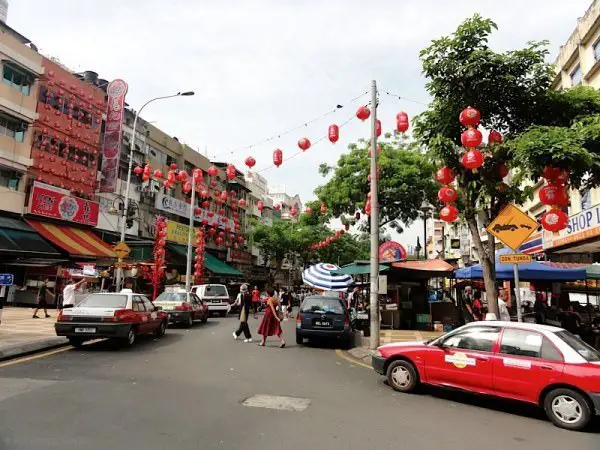
Food
A huge range of food is available in KL — from street hawkers to five-star restaurants. Every major Asian cuisine is well represented and American fast-food and Australian coffee chains help give a reminder of home to Western tastebuds.

Alcohol is relatively expensive, even in supermarkets, but fresh juices are available almost everywhere! Ice tends to come from filtered water and factories; although we’ve always drunk the tap water without problems. The supermarkets are great for stocking up on drinks and breakfast foods, but street stalls are cheaper than self-catering.
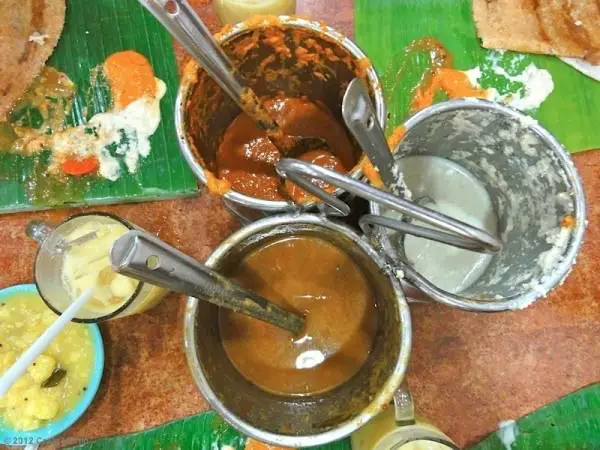
The outdoor street restaurants in Jalan Alor are worth a visit; restaurants line the streets and you can eat your fill of tasty food for reasonable prices. Eat outside in night markets or visit one of the many food courts for a choice of different cuisines.
Little India has a wide range of Malaysian Indian dishes. You can also get clothes tailored while you wait, and stock up on Bollywood DVDs for the nights ahead.
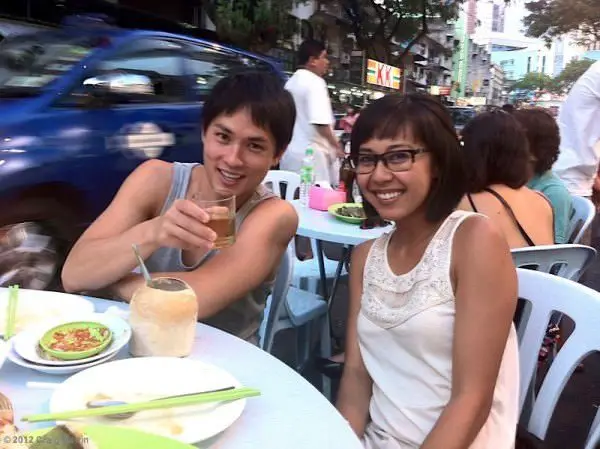
Transport
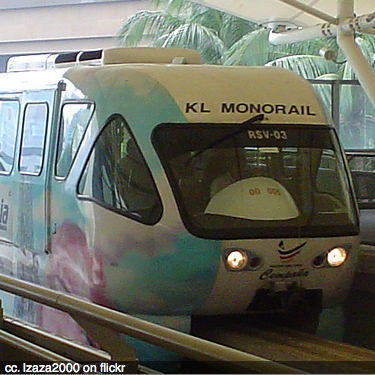 Most KL residents get around by car, and only about 16% use public transport. Which is a pity really, since the public transport system is quite good, if sometimes a little infrequent.
Most KL residents get around by car, and only about 16% use public transport. Which is a pity really, since the public transport system is quite good, if sometimes a little infrequent.
There’s a network of buses, trains and a monorail, which all use different tickets — the best idea is to buy a ticket before each journey. If you’re going to be there for a month or more you can get an integrated ticket, but there isn’t one for daily or weekly use.
Tickets prices vary, with buses being cheapest and the monorail being the most expensive in terms of price per kilometre. Prices range from RM0.50 for a short journey to RM5.00 for an all-day express bus ticket. Every journey is different, but prices are displayed prominently at train and monorail stations. Buy your ticket from the clerk in the station or from one of the machines present at most stations. On buses, buy from the conductor who’ll come around after you’ve found a seat — make sure you’ve got some low-value notes with you to help facilitate the process.
Attractions — free
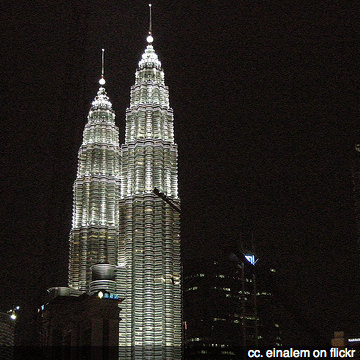 In the city, the Petronas Towers are worth a visit. They’re the tallest twin towers in the world, and you can visit the Skybridge halfway up if you get in early enough in the morning to get one of the limited number of tickets. These tickets are free, but limited — don’t get duped into paying for one by any tour agency. The small museum and oil-friendly propaganda film are also great, as are the shopping mall and gardens surrounding the towers.
In the city, the Petronas Towers are worth a visit. They’re the tallest twin towers in the world, and you can visit the Skybridge halfway up if you get in early enough in the morning to get one of the limited number of tickets. These tickets are free, but limited — don’t get duped into paying for one by any tour agency. The small museum and oil-friendly propaganda film are also great, as are the shopping mall and gardens surrounding the towers.
The Golden Triangle is the region for high-class shopping, and Chinatown and Little India boast tourist markets and ethnic restaurants. Be aware that both the Little India and Petaling Street (Chinatown) markets are mostly stocked with tourists in mind. They’re great fun but you definitely don’t see many locals shopping there — apart from eating in the food stalls.
So head to Chow Kit for the local food markets, or the Central Market for high quality Malaysian souvenirs. The best thing about Central Market is that it’s indoors and air-conditioned. That makes it a great place to visit in the middle of the day!
The KL drum circle is a real blast… You can head along on Sunday afternoons to the Tugu monument in the lake gardens, and watch or join in with these percussionists. We ended up heading out to dinner with most of the members afterwards; a really warm and wonderful night.
An hour or so out of the city by bus are the impressive Batu Caves. There’s an immense staircase leading to a cavernous cave at the top. If you want a preview, search the Indie Travel Podcast archives for some video footage of the caves. The monkeys are amusing to look at but don’t touch them as they can carry diseases.
Attractions — seasonal
The Batu Caves are also the home of Thaipusam in Malaysia — it’s one of KL’s best-known seasonal attractions. In January or February each year tens of thousands of tourists come to watch over a million Hindu devotees celebrate this ancient rite in KL. These pilgrims have made a pledge to the god of war to perform Kavadi Attam: a dance involving physical burdens, a journey from the city centre to the caves, and sometimes steel barbs pressed into the skin.
Chinese New Year is another big event for KL happening in late January through to mid-February each year. (Both Thaipusam and Chinese New Year are based on lunar calendars, so they fall on different dates each year.) Unsurprisingly the celebrations centre around Petaling street and Chinatown.
There are three massive shopping events each year; people fly in from all over the place in March, May and December. These massive sales were designed by the tourism industry to help KL boost its profile as an international shopping destination. And it sure works!
Attractions — paid
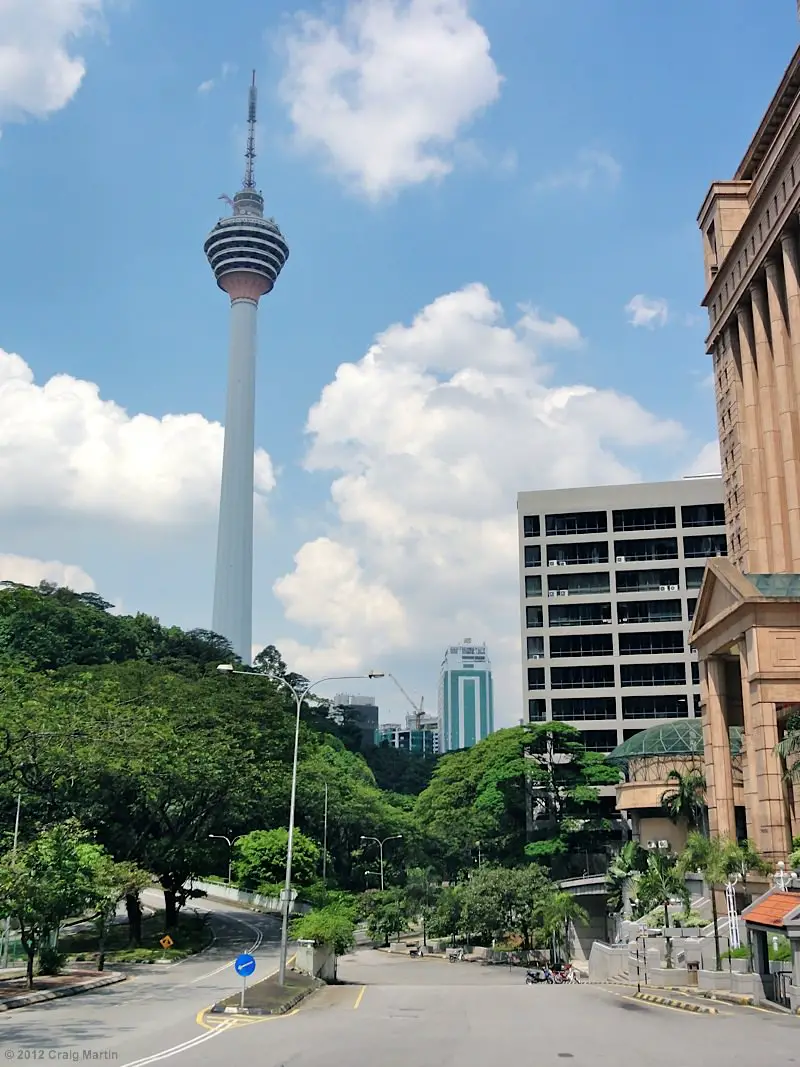
The Menara KL Tower is the place to go for high views of the city, but the Bukit Bintang forest at its base is also worth a visit; regular tours are given and there’s the chance of seeing some amazing Malaysian wildlife right in the centre of town. The Aquaria KLCC is right next to the Petronas towers and is a huge complex with thousands of species of fish.
And then there’s always shopping — it could be classed as a free attraction expect that it’s likely to leave your wallet a little exhausted. The Star Hill gallery is another beautiful place to look out for.
The Islamic Arts Museum Malaysia was fantastic: a real highlight – and somewhat unexpectedly so. Beautiful work in fabrics, jewels, metals and calligraphy. It’s close to the KL bird park, butterfly park, and the planetarium… we haven’t visited any of those yet.
Guidebooks
There’s a wealth of guidebooks to choose from — the Lonely Planet range includes Lonely Planet Kuala Lumpur Melaka & Penang; Lonely Planet Malaysia, Singapore & Brunei; and our favourite (because we think you should visit everywhere) Lonely Planet South East Asia on a Shoestring.
DK Eyewitness Travel Guides have a good Malaysia and Singapore book, or if you’re a fan of Rough Guides, try The Rough Guide to Malaysia, Singapore & Brunei.
Where to next?
If you’ve just arrived in Malaysia, explore a bit — grab a map and head anywhere that takes your fancy. Remember Malaysia extends aways from the Malaysian peninsula — there’s Malaysian Borneo and other islands to discover as well.
By land you can travel south to Singapore or north to Thailand — there are both buses and trains, so take your pick. Otherwise, KL is the hub for budget airline Air Asia, so the world is open — choose an Asian country and go for it.
Something to note
Also see:
By law, visitors must carry their passports at all times. Spot checks may be carried out to deal with illegal immigrants. This is very unlikely to happen to you but there have been some unfortunate instances when people have not been able to produce a passport immediately. As always don’t flash your passport around and be certain of an official’s identity before handing over your passport. RELA, the volunteer organisation that monitors this, is on the list of international organisation Human Rights Watch. If unsure, insist on being taken to a police station first.

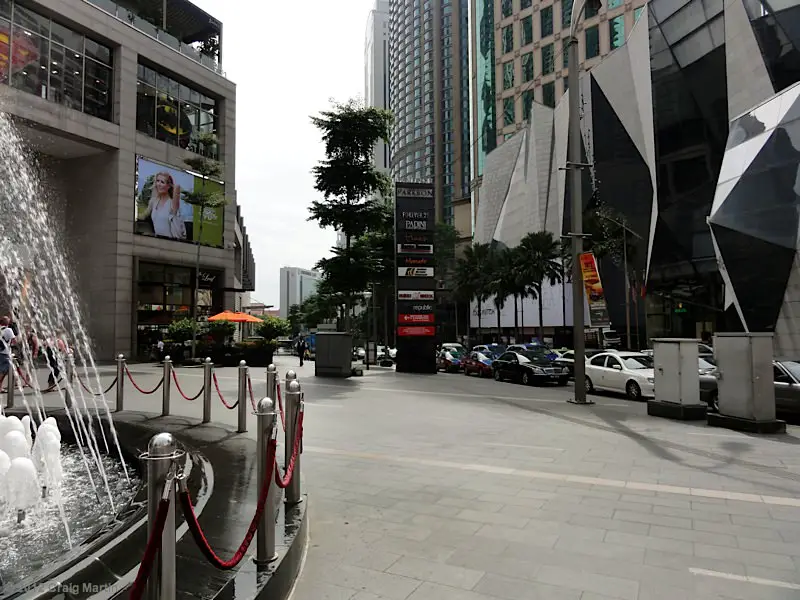
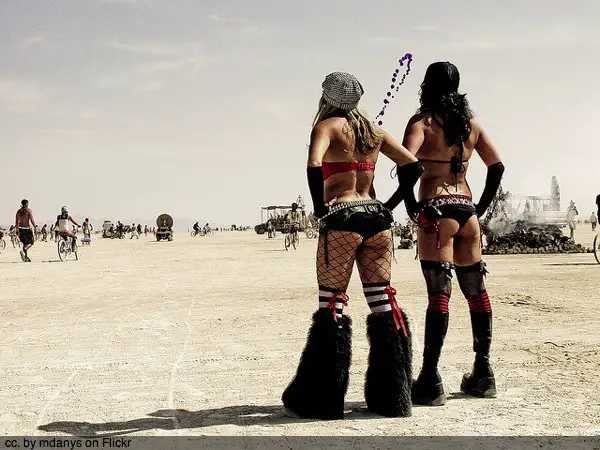
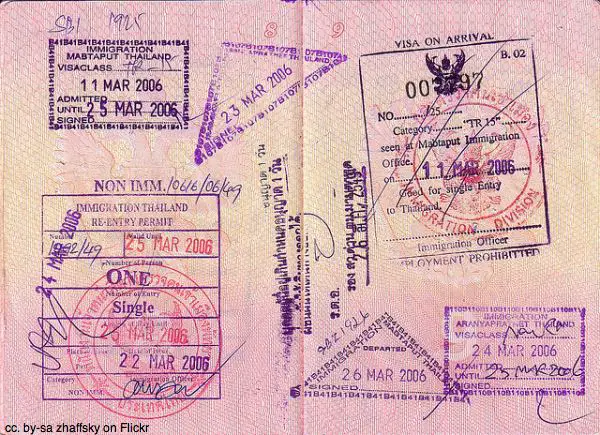
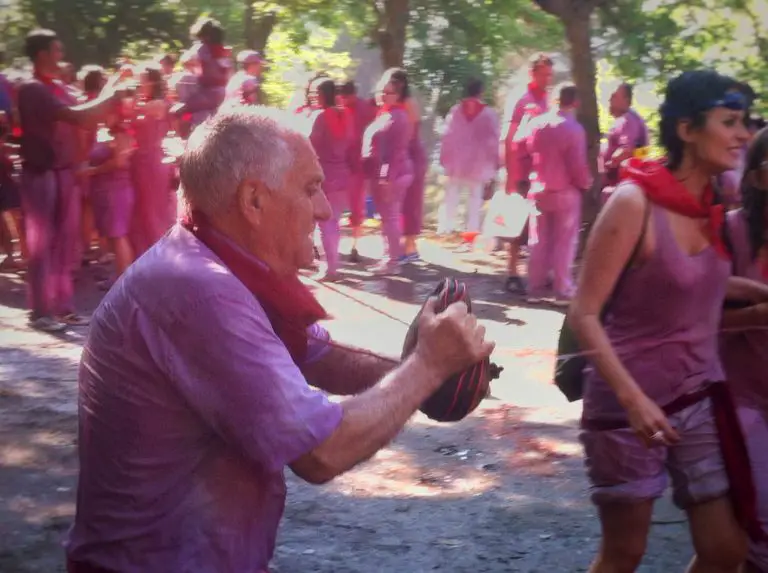
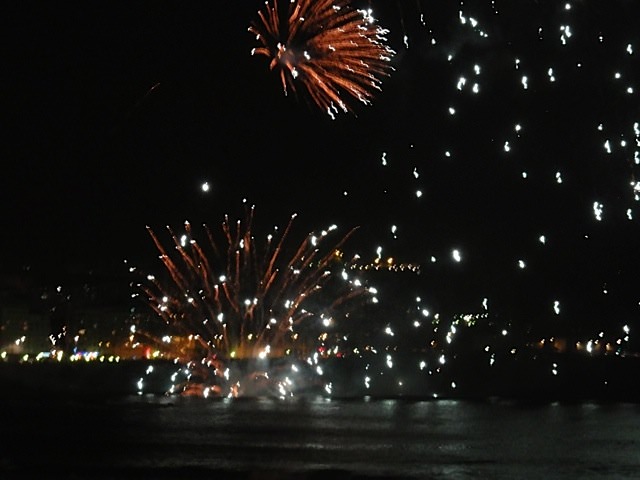
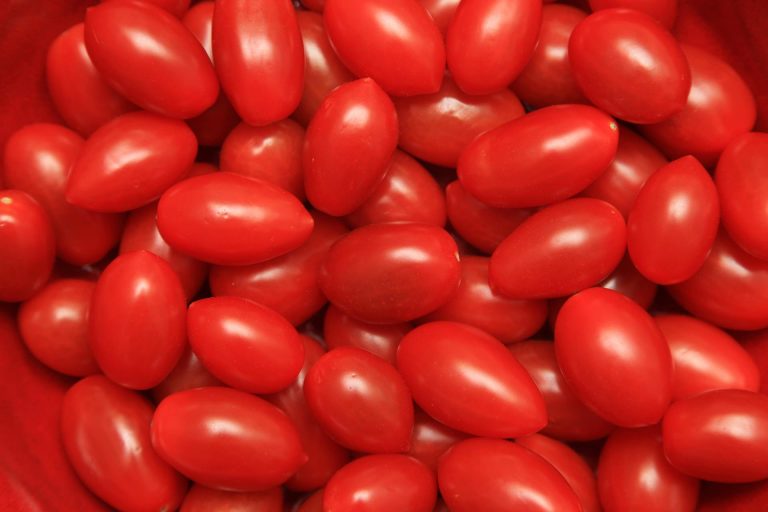
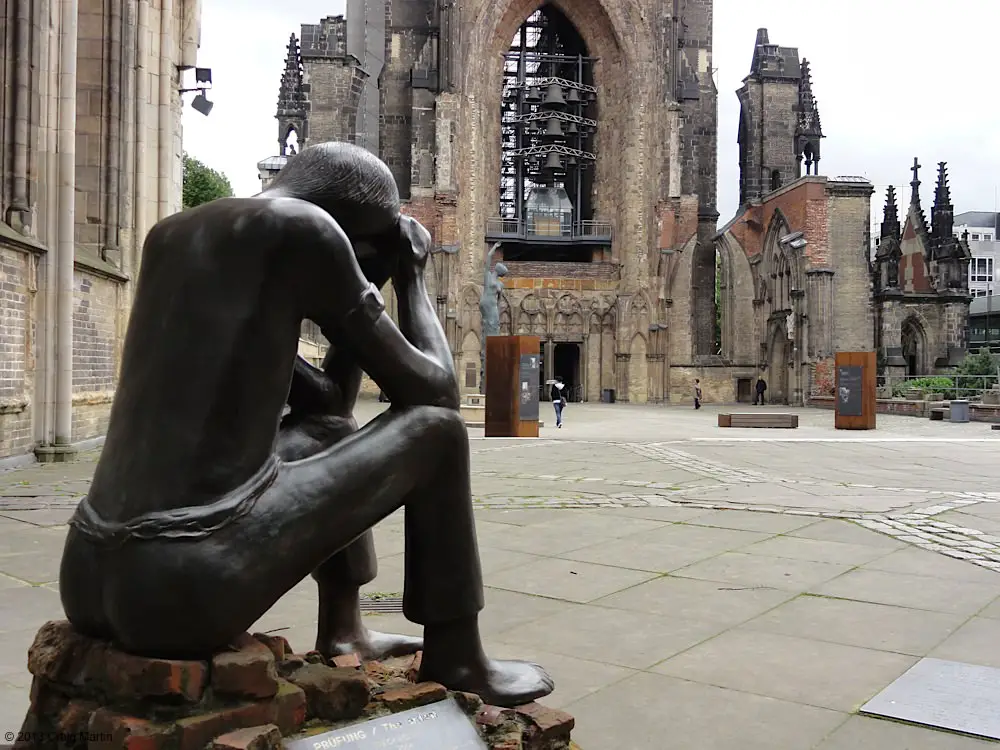
great guide!! what fun to learn abt KL, and think seriously about going there. how is the handicap accessibility?
Accessibility isn’t something I know a lot about nor is it something we’ve been taking good notes on. I would say KL is much better than most of South East Asia, but still a lot of KL isn’t too good.
The monorail and express stations are good, as are the modern shopping centres like Star Hill and Pavilion. Away from the Golden Triangle though, the footpaths are often broken and have few shallow access-points to cross the road which might be problematic for someone in a wheelchair. There’s certainly no disabled access to the Batu Caves: you’re climbing those stairs on your own.
These are just some quick thoughts, Jessie. If anyone’s better qualified to comment, please do.
Great post, Craig and Linda! A couple more attractions to keep in mind:
The Lake Gardens houses a bird park (which I thought was really cool), an orchid garden, and nearby are the Islamic Arts Museum (wonderful) and Carcosa, the one-time Governor’s mansion that now serves a proper British high tea to tourists – pricey, slightly surreal, but kind of a cool time capsule type experience.
Also, the Kraf Kompleks (man, I love Bahasa adaptations of English words) is a great alternative to the Central Market for serious shoppers. It’s very calm and quiet (and yes, air-con’d), and a little pricier. You don’t get the excitement of that Asian market chaos, but it sells very high quality Malaysian crafts. Top-quality batik, etc.
I’ve also toured a couple of the pewter factories – Royal Selangor and one other. Not a must-do, but interesting if you’re into that sort of thing.
Thanks again for the post! Brought back memories… 🙂
Great suggestions Eva! More reasons to visit KL.
Hi Craig & Linda, that was a well written article to sum KL up.
Nice post and reminded me of my 6-hour trip to the city centre – just to visit the stunning towers, Petronas! It was funny because I was the last person to be brought by the elevator up to the bridge…Highly recommended to visit this building and dont forget to grab a souvenir!
Six hours?! Wow. I thought we were short only have five days there. We’ve done lots of those city fly-throughs though. I know where you’re coming from.
It’s about six hour bus ride from Singapore to Kuala Lumpur as well, which thankfully is much much more enjoyable now thanks to the recently upgraded fleet of buses. Comfy couches and personal TV for the win!
Anyway. Five days in Malaysia or simply in Kuala Lumpur alone Craig? Did you have a chance to visit the rest of Malaysia?
Heard lots of good things about Ipoh (good food), and I have personal experiences visiting Redang Island, which was very good. Nothing much to do there, but a great place to just relax and while away your time 🙂
Just in KL. With only five days, we didn’t feel we could see anything in the city and also visit other towns or regions. I like to take it slow when we can. Fortunately, as we were almost completely out of cash at that time, we had work lined up in Australia and had to keep moving to get there in time.
We’re hoping to get back into Asia and spend a few years travelling around at some point in the future. I’m not exactly sure when.
Great guide, very thorough! I would second the recommendation to visit Batu Caves; they’re monkey-rific and it’s also fun to check out the Hindu ceremonies going on at the various shines within the caves.
On the transportation front: a warning to be very cautious of KL cabbies! They are notoriously nasty (we witnessed this firsthand, unfortunately) and consistently overcharge tourists. Avoid taxis if at all possible, but if you must take one try to get some help from a hotel concierge to make sure you actually get to your desired destination!
It really depends on which part of Asia you are in to be honest. Even in South East Asia alone you have so many different taxi experiences.
Singapore taxis? You guessed it, clean, safe and proper. But if you hail one at night sometimes the driver will be a speedster. Only in places without traffic cams of course… Same thing with South Korea, Taipei and Japan as well.
In Malaysia and HK I have no problem with taxis, but I suspect part of that may be because I do look local. Craig has got a point there, negotiate the fare before hand and don’t put anything in the baggage.
In Jakarta I never hail taxis, unless from airports, hotels or shopping center lobbies. I always use the concierge services to call-in taxi-cabs. You’ll pay an extra dollar or two but it’s worth it. I don’t have any personal negative experiences mind you, but I’ve heard enough to willingly pay that extra fee… =/
Haven’t you found that problem with taxis all through Asia? Always negotiate the rate before you get in… and think twice before putting anything in the boot. Maybe Nik will pitch back in: you’ve travelled more in Asia than any of our other recent commenters.
Great KL overview.
I first traveled there in 1992, and was there most recently last year. It is amazing how much the city has changed in that time.
We were at the Batu Caves in 2004 during Thaipusam. It was incredible. We followed the procession from Chinatown and then hopped on a bus to the caves early in the morning. I mean really early like 2 am. Spent all night there and then went back the next afternoon. I highly recommend it. Spikes through cheeks, hooks in back. Insane. I really ended up loving KL.
Malaysia is my fav asian country . great food great people great festivals ,,, it gets a couple of chapters in my book – Naked In Budapest: travels witha passionate nomad!!… the last cahpter tells about me being shipwrecked . well canoe wrecked actually .. rescued by Coral Sky Divers!!
check out the Perhentians and Kota Bharu .. fab food market every night
ya really, i love malaysia too, i was went to kl last year from singapore, just booking express bus e-ticket through easibook.com and a few hours express bus journey then at center of kl already. stay there for a week, and almost every place been walk around. plan to going again soon….
I have the privilege of knowing a number of people sociably and professionally who live in South East Asia. Kuala Lumpur is a favorite visa and weekend destination. This town is supposedly bright and is a delight for those who enjoy extensive shopping experience.
Hey,
Tks for the details…will include this in my solo trip to Malaysia and KL this December. Also, looking at venturing out with co-travelers, connected with some interesting people on http://www.mingletrips.com/ definitely a website worth checking out!
Cheers!
Frangipani and Hakka Republic are best bars in Kualalumpur. They are known for their elegance. Frangipani is cool for french style cooking as well.
What a great guide! My family and I will be heading to Kuala Lumpur for while I am there on work assignment for a month, and I can’t wait to explore the city. Also, I’ve just learnt that the area where I’ll be is called the “Golden Triangle”, and we will stay at Fraser Place serviced apartments. I am really looking forward to the food and the attractions.
We went to Kuala Lumpur to go on a visa run and generally not big city people we were surprised at how much we enjoy it. Our favorite was watching the monkeys at the Batu Caves and walking in the FRIM, just outside of town. Although we enjoyed the variety of foods offered in KL, the Indian food was by far the best. We began each day with a masala dosa – just couldn’t get enough! This is a very good guide to the city, and when we go back we’ll be sure to take your advice. Thank you for the paragraph on the passports. I had no idea. 🙂
Hi ladies, yes – it’s a fun city to be in, and the green spaces and nearby caves make it all the better!
The passport issue is one that comes up quite a bit in some countries: the law is often there, but how heavily its policed is something else.